Then to Now: The History of ORSP
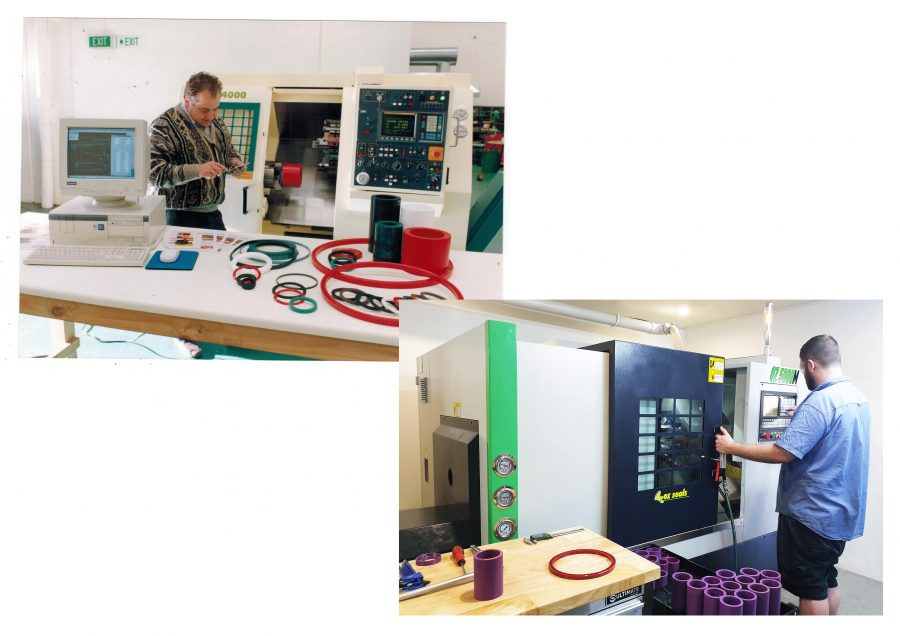
Oz Seals customers know about the many uses and characteristics of ORSP, but the history behind the material is lesser known. That is why we have interviewed Marc Prinz to gain an understanding of the history of ORSP and its uses across a variety of industries.
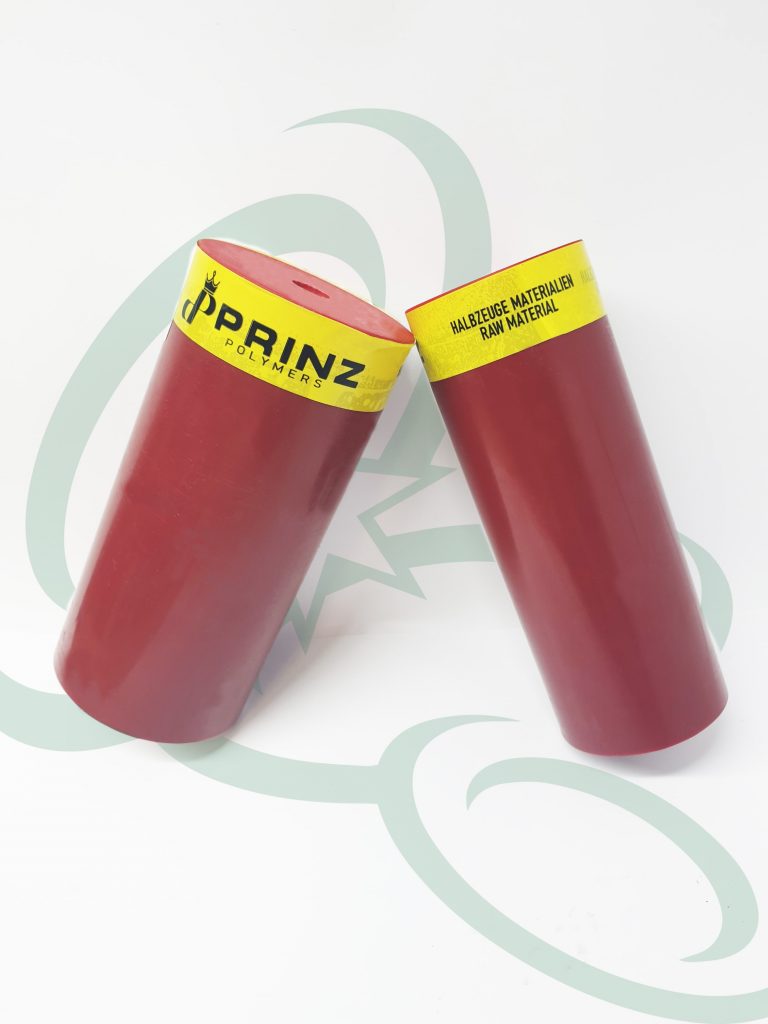
Why was Oz Red Super Polymer created?
Marc: ORSP was developed due to a high demand for a super polymer on the market. At the time, there was nothing for high hydrolysis or extreme temperatures, so that is where Oz Seals came in.
Thermoplas seals have always been affected by high fluctuation in temperatures (icy cold to desert heat) from day to night when in use, and normal seals can’t take the changes and will break or deteriorate.
By using ORSP seals, the downtime of machinery and financial loss can be avoided. We always want to ensure that customers don’t lose out on money and time, so this was crucial for us when creating ORSP.
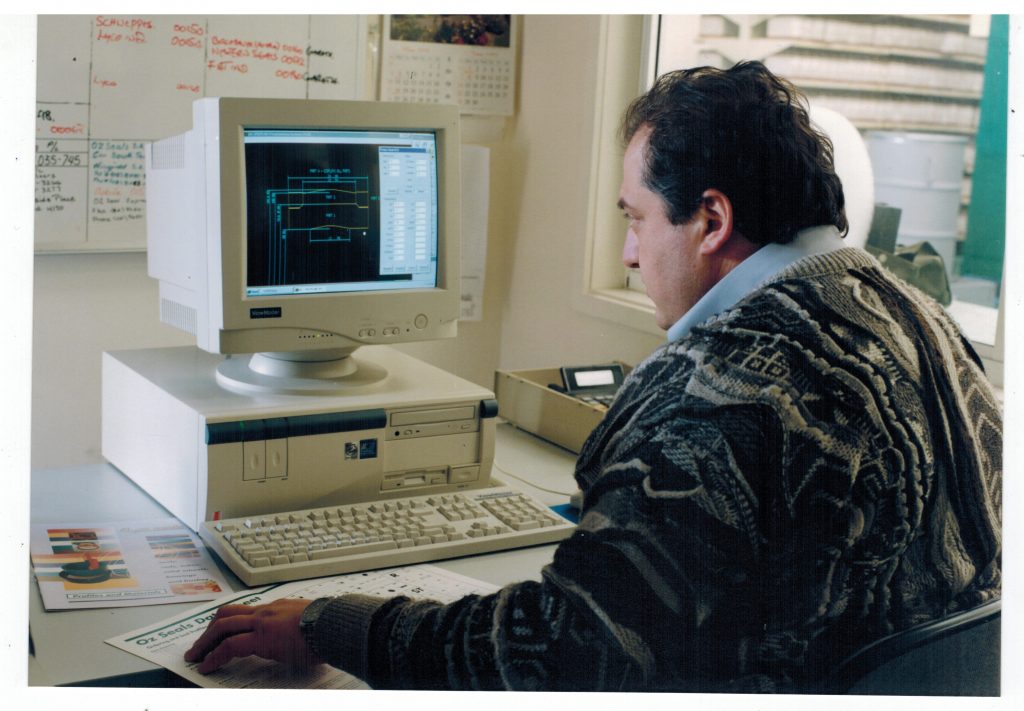
How long did it take to create ORSP? From brainstorming to the final product?
Marc: It was first developed by my father, Wilhelm, in 1996. It stayed in the development stage for about a year and underwent a variety of trials and testing until we got to the final product.
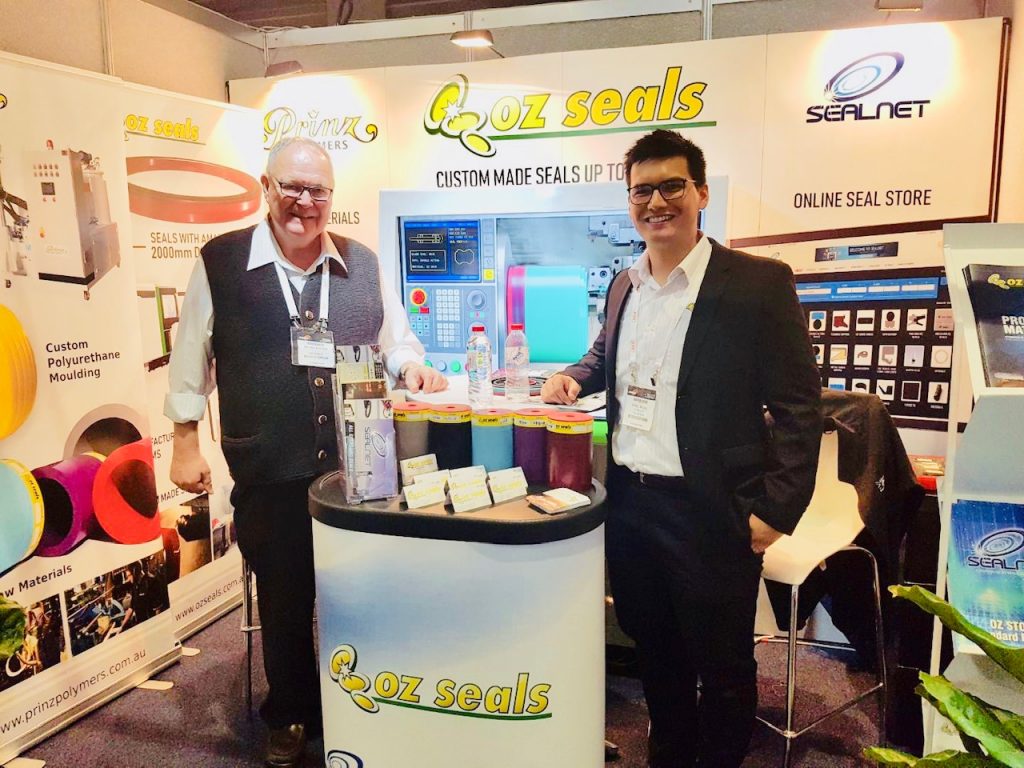
We started selling ORSP in 1997, and we got our first world-wide success with international sales in 1998. On our website, the first article about ORSP was published in October of 1997 through magazines and fax.
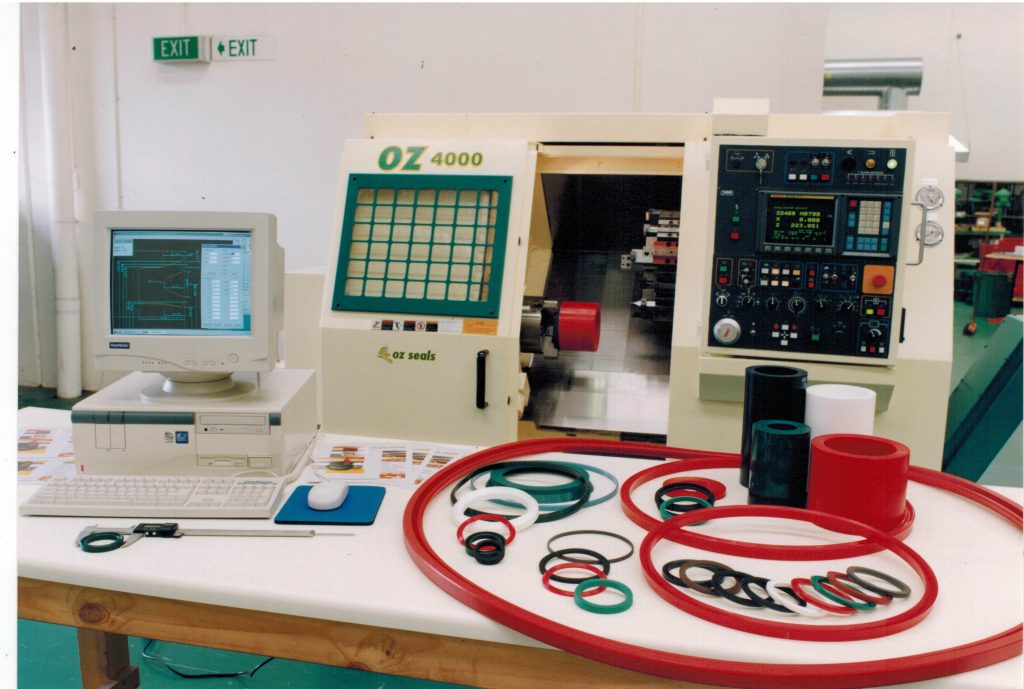
What are some of the features of ORSP that make it stand out?
Marc: The triple lubrication process allows it to withstand dry running, from heat to abrasion, and it’s super flexible. That means we can customize the shape to suit our customer’s needs.
It’s resistant to weathering and because of the quality of the raw materials used to make it, its shelf-life is 50 years, which is great for our customers.

